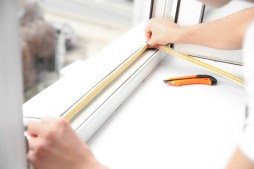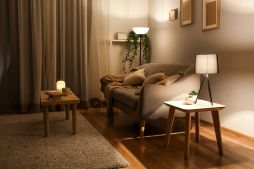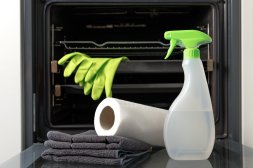Realigning Different Types of Doors: What You Need to Know
A misaligned door can cause issues ranging from difficulty closing and opening to security concerns. Whether you have a wooden front door, an interior door, or a sliding door, understanding how to realign it properly can save you time and money. This guide will help you address common alignment problems with different types of doors effectively.
Common Signs of a Misaligned Door
Before diving into realignment techniques, it’s important to recognize the signs that your door needs attention. These include uneven gaps around the edges, difficulty latching or locking the door, scraping sounds when opening or closing, and visible sagging or warping. Identifying these symptoms early helps prevent further damage.
Realigning Hinged Wooden Doors
Wooden hinged doors often become misaligned due to loose hinges or changes in humidity causing warping. To realign such doors, start by tightening all hinge screws with a screwdriver. If screws are stripped, replace them with longer ones for better grip. Adjust the hinge position by loosening screws slightly and shifting the hinge up or down as needed before retightening. For warped doors, sanding down problem areas may help improve fit.
Fixing Metal Doors
Metal doors typically get misaligned because of frame shifts or loose hardware. Check that all hinge bolts are tight and secure; if not, tighten them using appropriate tools like an Allen wrench or socket set. For frame-related issues, inspect if the frame is warped or damaged and consider shimming hinges—placing thin pieces of material behind hinges—to adjust alignment precisely.
Adjusting Sliding Doors
Sliding doors can become misaligned when rollers wear out or tracks get dirty and bent. Begin by cleaning tracks thoroughly using a brush and mild detergent to remove debris that obstructs smooth movement. Next, inspect rollers for wear; many models allow roller height adjustments via screws at their base—turn these screws clockwise or counterclockwise to raise or lower the door until it slides evenly.
When to Call a Professional
While many minor misalignment issues can be fixed at home with basic tools, some situations require professional help—especially if structural damage exists around frames or if complex mechanisms are involved in automatic doors. If your efforts don’t restore proper functionality after adjustments or you notice significant damage during inspection, contacting an experienced locksmith or carpenter is advisable.
Realigning your doors not only improves their appearance but also enhances security and energy efficiency by ensuring proper sealing against drafts. By following these tips tailored for various types of doors—wooden hinged, metal framed, and sliding—you can maintain smooth operation for years to come.
This text was generated using a large language model, and select text has been reviewed and moderated for purposes such as readability.











